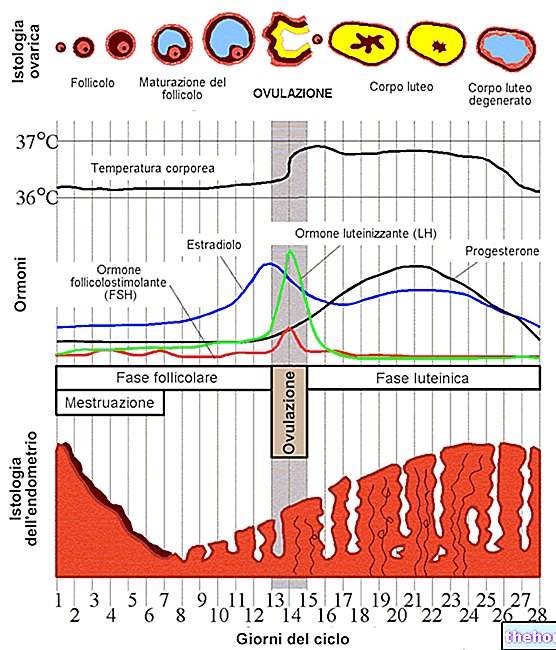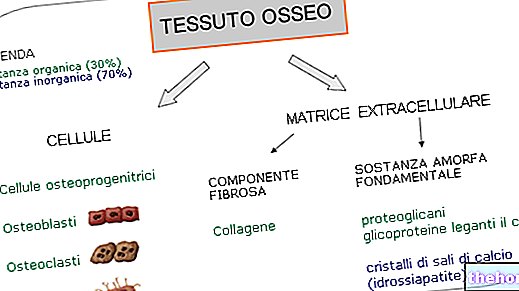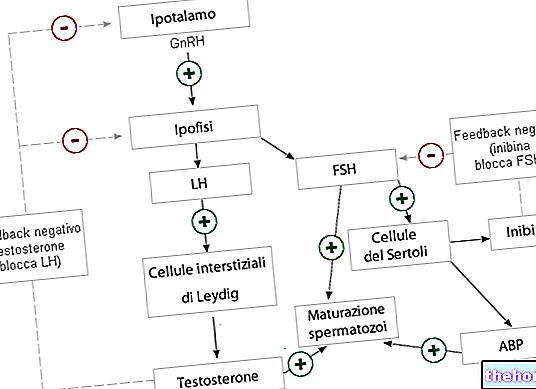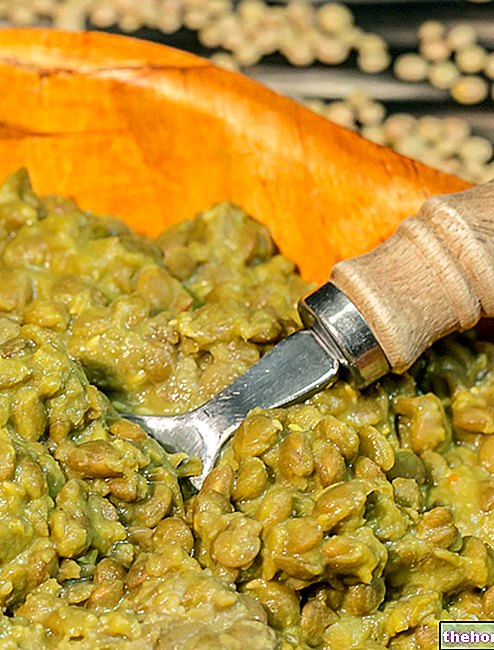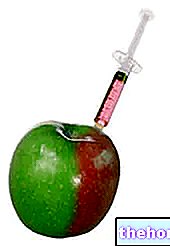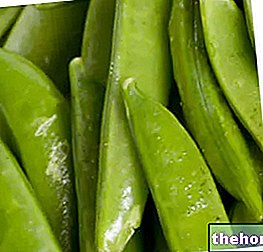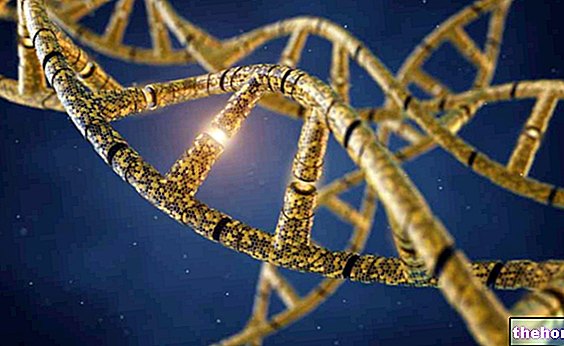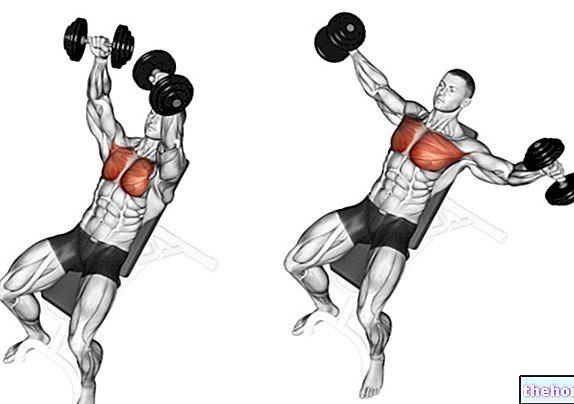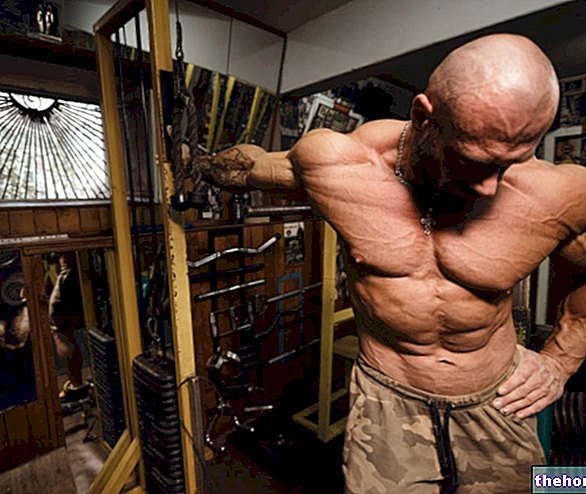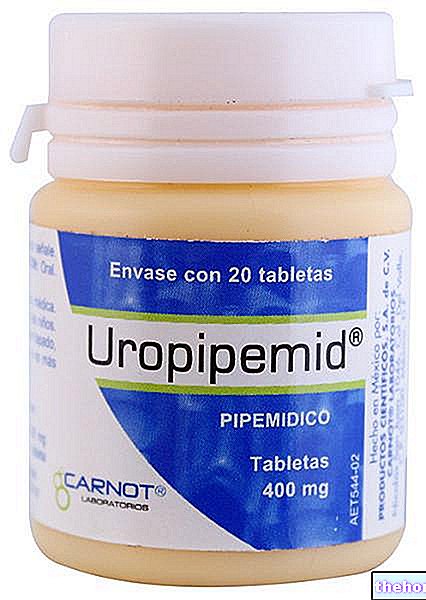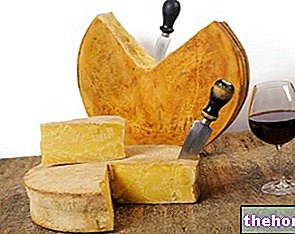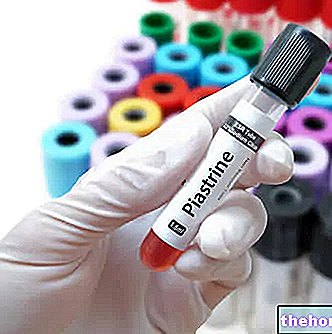Edited by Dr. Stefano Casali
The cells of neurlia
- The number of neurlia cells is 10 times higher than that of neurons;
- They retain the ability to divide throughout life;
- They are not involved in nerve conduction;
- They divide into cells located in the CNS (astrocytes, oligodendrocytes that form macroglia, microglia and ependymal cells) and those located in the SNP (Schwann cells).
Astrocytes (CNS)
Two types of astrocytes are known:
- protoplasmic astrocytes, present in the gray matter of the CNS;
- fibrous astrocytes, present in the white matter of the CNS.
Oligodendrocytes (CNS)
- They are similar to dendrocytes, but smaller and with fewer extensions;
- They are present in both gray and white matter;
- There are two types:
Interfascicular oligodendrocytes - present between the axon bundles, responsible for the formation and maintenance of the myelin sheath around the axons. They are similar to Schwann cells, but while the latter are capable of enveloping a single axon, oligodendrocytes envelop several axons at the same time;
Satellite oligodendrocytes - are closely attached to the cell body of the axon. Their function is unknown.
Ependymal cells (CNS)
- They arise from the inner lining of the neural tube and form a cubic or cylindrical ciliated epithelium at times, with the function of moving the cerebrospinal fluid;
- They line the cavity of the cerebral ventricles and the canal of the spinal cord;
- Some of them change in the ventricles by participating in the formation of the choroid plexuses, responsible for the formation of the cerebrospinal fluid.
Microglia (CNS)
- The cell body is small, elliptical in shape, the nucleus has an elongated shape with the major axis parallel to that of the cell body. They are recognized by the fact that the other cells have round nuclei;
- They have short branched extensions. Some of them have phagocytic capacity and constitute the phagocytic system of the nervous tissue.
Schwann cells (SNP)
- They wrap around the axons in the PNS, forming the myelin sheath;
- They are flattened with a flat nucleus, few mitochondria and a small Golgi apparatus;
- Myelin is made up of the plasmalemma of the cell that wraps itself around the axon several times.
Myelin sheaths
- At regular intervals the sheath is interrupted and these unmyelinated regions are indicated as Ranvier nodes;
- The fiber segment between two successive Ranvier nodes is called internode or internodal segment, it is occupied by a single Schwann cell.
The synapse and conduction of the nerve impulse
- Synapses are sites where nerve impulses pass from a presynaptic cell (neuron) to "another postsynaptic cell (a neuron, a muscle or glandular cell);
- The synapses therefore allow the communication between neurons and between these and the effector cells.
The transmission of the nerve impulse can take place either electrically or chemically. We therefore recognize two types of synapses:
- Electrical synapses;
- Chemical synapses.
The electrical synapses:
- They are infrequent in mammals, they are found in the retina and in the cerebral cortex;
- They are made through communicating junctions or nexus, which allow free flow of ions from one cell to another;
- When it occurs between neurons, current flow is generated;
- Impulse transmission is faster in electrical synapses.
Chemical synapses:
- They represent the most frequent way of communication between two nerve cells;
- The presynaptic membrane releases one or more neurotransmitters in the intersynaptic clefts, spaces between the presynaptic membrane of the first cell and the postsynaptic membrane of the second cell;
- The neurotransmitter diffuses through the synaptic space and binds to the receptors of the postsynaptic membrane;
- The binding on the receptors triggers the opening of the ion channels that allow the passage of ions that modify the permeability of the postsynaptic membrane and reverse the membrane potential.
Excitatory potential:
When the stimulus on the synapse brings the depolarization of the postsynaptic membrane to a level that causes an action potential, we speak of an excitatory postsynaptic potential.
Inhibitory potential:
On the contrary, when a stimulus of the synapse leads to an increase in polarization, an inhibitory postsynaptic potential is created.
Types of chemical synapses:
- axodendritic synapses (between an axon and a dendrite);
- axomatic synapses (between an axon and a soma);
- axon synapses (between two axons);
- dendrodendritic synapses (between two dendrites).
Bibliography:
Thompson, R.F., The brain. Introduction to neuroscience, Zanichelli, Bologna 1998.
AA.VV., From neurons to the brain, Zanichelli, Bologna 1997.
W.G.J. Bradley, R.. Daroff, et al. Neurology in clinical practice. III Edition. CIC Publisher Int. Rome, 2003.
Kandel ER, Schwartz JH, Jessell TMPrinciples of Neuroscience,Ambrosiana Publishing House, Third Ed. 2003.
Gary A.Thibodeau Anatomy & Physiology, Ambrosiana Publishing House.
Ganong W. Medical physiology. Piccin, Padua, 1979.
Rindi G. Manni E .: Human Physiology 2 vol. Utet, Turin, 1994.
Eccles, J.C., Knowledge of the brain, Piccin, Padua, 1976.
Cavallotti, C., D "Andrea, V., The cerebral cortex: anatomical definition, The European Medical Press, 1982.
Philip Felig, John D. Baxter, Lawrence A. Frohman, Endocrinology and Metabolism 3 / ed, March 1997.
Other articles on "Nerve cells and synapses"
- neurons, nerves and blood-brain barrier
- nervous system


